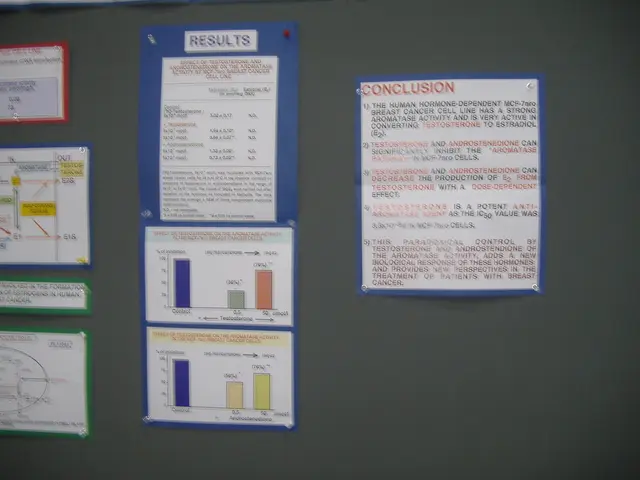Behavior Ties Between ADHD and Repetitive Body Actions
Body-Focused Repetitive Behaviors (BFRBs) and Attention-Deficit/Hyperactivity Disorder (ADHD) often intertwine, creating a complex challenge for individuals affected by both conditions.
BFRBs, a group of self-grooming actions that can cause harm to the body, may manifest as hair pulling (trichotillomania), skin picking (excoriation disorder), or nail biting (onychophagia). For individuals with ADHD, these behaviors can serve as coping mechanisms for stress, anxiety, boredom, or moments of inattention.
The relationship between BFRBs and ADHD is rooted in shared factors. ADHD's hallmark symptoms like impulsivity and difficulty managing emotions may contribute to the development or exacerbation of BFRBs. For example, skin-picking (a common BFRB) can be impulsive and serve as an outlet for dysregulated emotions in those with ADHD.
Moreover, the ADHD brain's heightened need for immediate stimulation or sensory input aligns with behaviors seen in BFRBs, which provide repetitive sensory feedback or relief. BFRBs can be conceptualized as a form of stimming (self-stimulatory behavior) that helps some individuals with ADHD to focus, self-soothe, or release excess energy.
Recognizing the interconnected challenges of ADHD is paramount, and tailoring ADHD management strategies to address the core symptoms while considering the impact on BFRBs ensures a comprehensive approach. Acknowledging these behaviors as secondary to ADHD is crucial for individuals who may not readily report them.
Incorporating mindfulness and relaxation techniques, such as meditation, deep breathing exercises, or yoga, can help manage both conditions. Alternative coping mechanisms such as stress balls, fidget toys, or habit reversal training can provide a healthier outlet for BFRBs.
Seeking therapeutic interventions, such as cognitive-behavioral therapy (CBT) or dialectical behavior therapy (DBT), can provide structured guidance for individuals managing BFRBs and ADHD. A comprehensive evaluation by a healthcare professional guides the selection of medications to address both conditions when ADHD symptoms significantly impact daily functioning.
Establishing a robust support network, including friends, family, or mental health professionals, is fundamental for individuals managing BFRBs and ADHD. Encouraging self-monitoring through journaling allows individuals to track BFRB patterns, emotional states, and ADHD-related challenges, promoting a proactive and adaptive approach.
Understanding triggers that contribute to the onset of BFRBs is crucial for proactive management. For individuals with ADHD, stress, boredom, or moments of inattention may serve as catalysts. Recognizing these triggers and developing strategies to manage them can help individuals with ADHD and BFRBs to live more comfortably and confidently.
Read also:
- Trump's SNAP reductions and New York City Council's grocery delivery legislation: Problems for city residents highlighted
- Reducing dental expenses for elderlies in Sweden: Over 50% cut in charges for pensioners by the government
- Forty-year-old diet: A list of meal choices to savor
- Exiled Life's Conundrum: A Blend of Liberation, Disillusionment, and Distress







